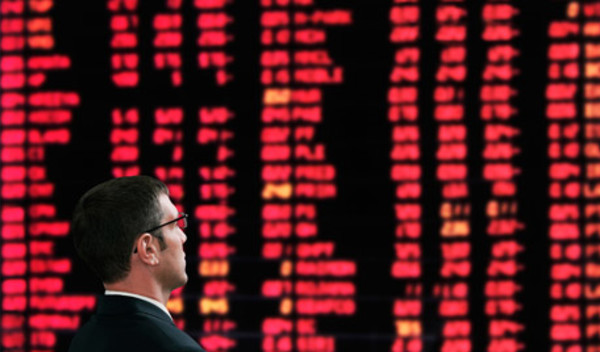

Data from FE Analytics showed the fund returned 14 per cent, comfortably ahead of the 1 per cent returned by the Telecoms and Technology sector in which the fund resides.
That sector, the IA UK Direct Property and Gilt sectors were the only ones to deliver a positive return in the 2018 calendar year.
Mr Geffen's fund has the traditional staples of a technology fund, such as Amazon, Microsoft and Apple, among the top 10 holdings, but is also invested in healthcare technology companies such as Nvidia.
The next best performing fund was the £1.75bn Baillie Gifford American mandate, which returned 12 per cent.
Ben Yearsley, director of Shore Financial Planning, said this fund had topped the performance charts for most of 2018, before a downward lurch in December of the US market as a whole dragged the performance down.
The worst performing fund was the £39m Allianz UK Mid Cap, which lost 22 per cent.
Merian Global Investors had the greatest number of funds among the 10 worst performers, with three, though two of the funds are run by Merian for Quilter and carry the latter’s branding.
The best performing fund sector in the world was IA UK Property Direct, which returned 3.8 per cent.
Mr Yearsley said: "Property had a surprisingly good year in 2018 topping the performance tables. With the tumult on the high street, this does seem somewhat strange.
"With Brexit on the horizon I would be surprised if this performance was repeated in 2019. Alongside UK Direct Property, only Tech and Gilts made a positive return in 2018 – and then only marginally."
The FTSE All Share lost 9.7 per cent during the year.
The worst performing sector in the world was Japan, which lost 15 per cent.
Mr Yearsley said: "What a fascinating year 2018 was. It started off full of hope that the synchronised global growth of 2017 would continue and propel markets higher, which happened for a short while, but then reality started biting in the form of US rate rises.
"Surprisingly it took until October for the market to properly reflect on Fed policy – I say surprising as the Fed had strongly indicated all along its intentions. Brexit and the US/China trade war were also factors weighing on markets in 2018; both these and Fed hikes will continue to affect sentiment and direction in 2019.
"On a more positive note, the era of quantitative easing is almost over; though we are far from back to normal.
"The European Central Bank (ECB) has stopped the printing presses and the US has been removing some of the funny money previously printed – is it any wonder last year was painful going from quantitative easing to quantitative tightening?"
Quantitative easing is the process of central banks buying government bonds, the aim is to force bond yields downwards and thus push capital into areas of the economy where economic growth can happen.
Quantitative tightening involves central banks no longer buying bonds, thus pushing bond yields higher and making risk assets, such as equities, less attractive compared to owning bonds and cash, causing equity markets to fall.
david.thorpe@ft.com



